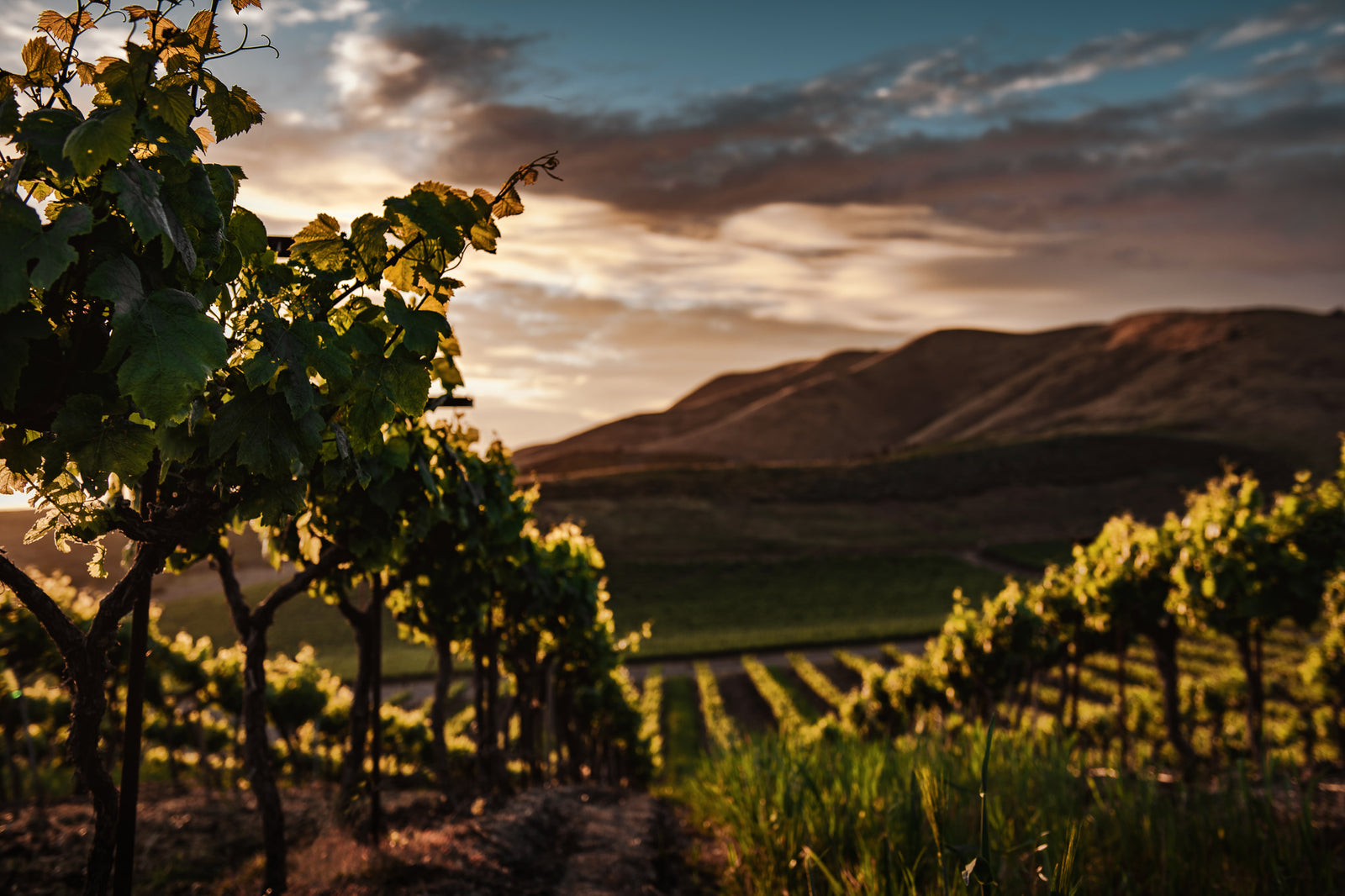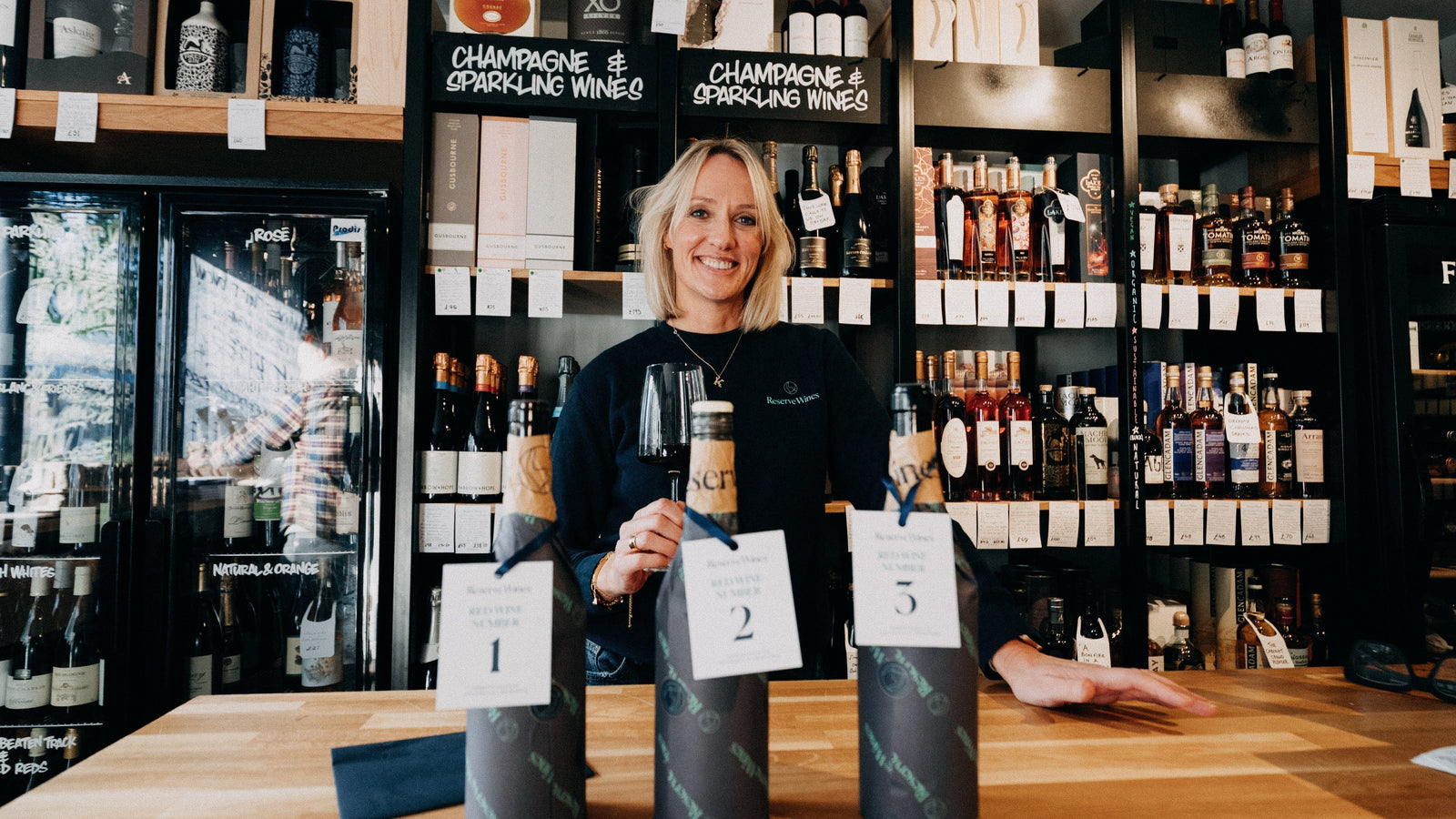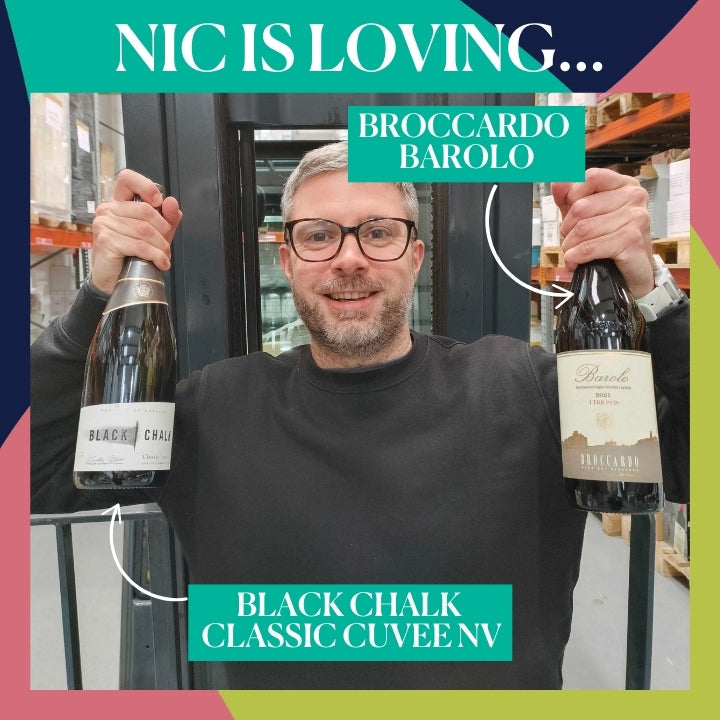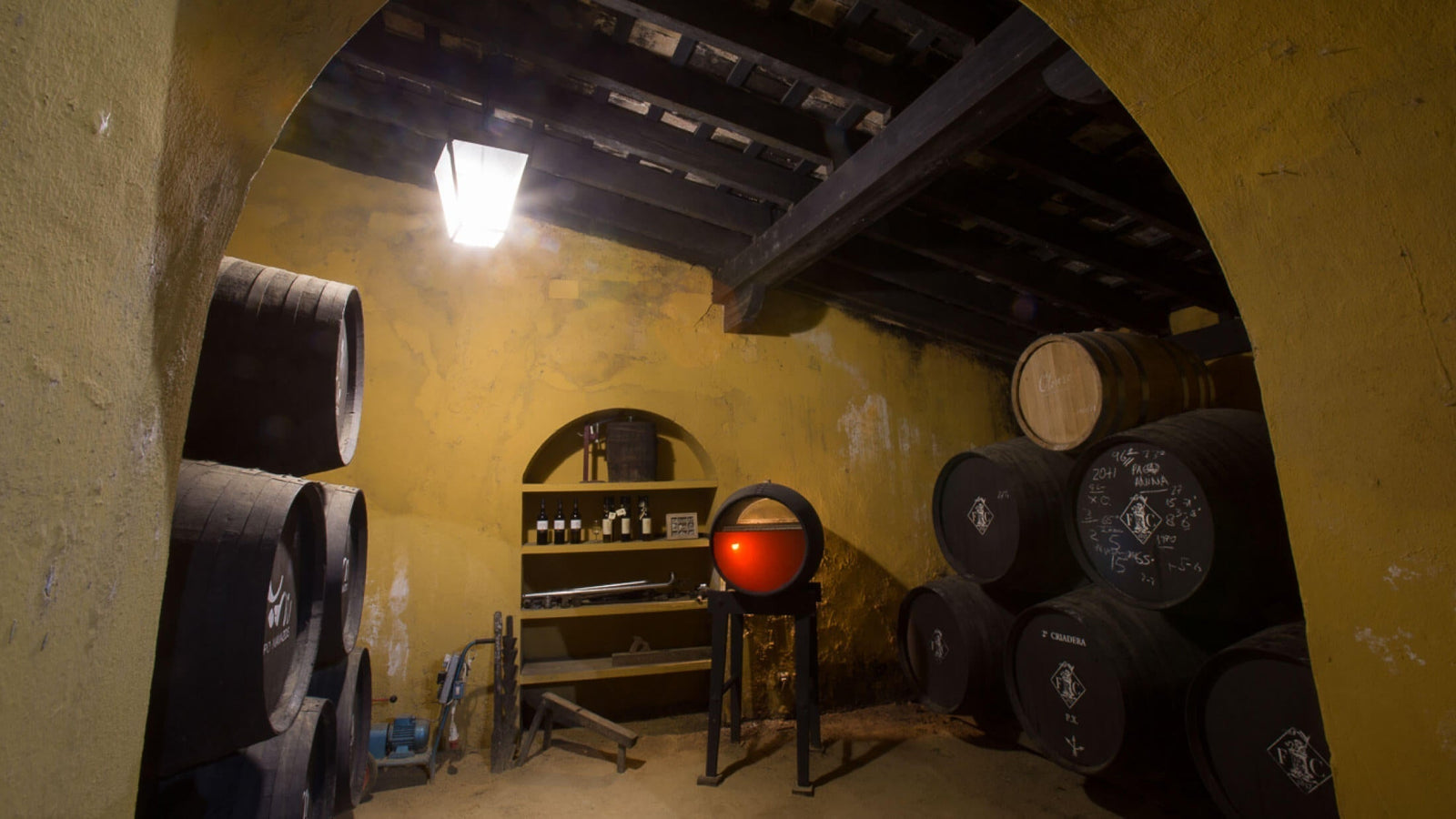Orange wine, also known as skin-contact white wine, is creating a buzz in wine shops, bars, and restaurants across the UK. Among the best orange wines is the Solara Orange Wine, a top seller that’s introducing many to this exciting style. Even The Guardian has praised it—and it’s easy to see why!
Why Orange Wine is So Popular
Orange wine stands out for its bold flavours, amber hue, and ties to ancient winemaking techniques. It’s a hit among adventurous drinkers and those looking for natural wine options. Packed with tannins and texture, it pairs perfectly with everything from rich cheeses to spicy dishes. If you’re ready to explore, now’s the time to buy orange wine and experience this trend for yourself.
What Makes Orange Wine Unique?
Unlike traditional whites, orange wine is made by fermenting white grapes with their skins and seeds, similar to red wine. This process adds complexity, nutty flavours, and tea-like tannins. The technique dates back 8,000 years to Georgia, where wines were fermented in qvevris (large terracotta vessels). Today, modern winemakers use everything from stainless steel tanks to oak barrels to craft their interpretations of this ancient style.

Whether you're a die-hard orange wines fan or a total novice, we've some cracking bottles to try. Below I’ve picked out some of my favourites from the range, showcasing a few different styles so you can buy orange wine onlinewith us. I've also suggested some potential food pairings you could try out too. You're welcome.

Maremosso Bianco Catarratto IGP, Italy
This Catarratto produced by the Vesco family on Siciliy is perfect for anyone who is looking to start their journey into orange wines. Since taking over the 100 hectare estate the philosophy of the winery has focused on organic farming, hand harvesting and wild yeast fermentation. They harvest the grapes at night when they're cooler to retain as much fresh fruit as possible before fermenting on the skins for a couple of weeks. During this time the temperature is kept cooler, meaning a gentle extraction of tannins and colour and ensures the fruit character of the wine isn't blown away by the tannins.
The result is a fantastic, rich, pithy wine full of green apple and quince fruit flowing into ginger, nutmeg and cinnamon with a savoury, herbaceous finish full of dried oregano and lightly toasted almonds. All this complexity makes for some great food pairing options, especially as we move into autumn and root vegetables really come into their own, a root veg tarte tatin full of carrots, parsnips and sweet potato with some thyme thrown in would work a treat with the rich, savoury character of the wine.
Fattoria di Vaira, Vincenzo Blanco, 12% Italy
Fattoria di Vaira is one of the largest biodynamic farms in Italy, with over 500 hectares made up of vines, olive groves, cereals, vegetables and livestock for fresh cheeses. They also farm organically and this is a blend of Falanghina & Trebbiano, its fermented with wild yeasts and spends around 5 days macerating on skins during fermentation followed by spontaneous malolactic fermentation in tank which adds an extra layer of richness to the wine and gives it more body. It is bottled without fining or filtration and the small amount of sediment in the bottle can add even more texture to the wine, it's always worth giving the bottle a little shake before enjoying just to move all that sediment through the whole bottle. It's full of vibrant peaches and apricots, crunchy plums and tannins not dissimilar to iced tea with a clean refreshing minerality on the finish. A great orange wine to pair with meaty fish dishes or even some mixed sushi and sashimi!
Eschenhof Holzer Space Invader Orange, 12% Austria
Arnlod Holzer took over the winemaking at his family’s estate at just 23 years old, representing the fifth generation of his family to farm their small estate in the heart of Wagram, one of Austria’s leading wine producing regions.
They farm using organic practices in the vineyards, where it’s all about the soils. The rich and silty loess soil is able to hold more water during the dry months which creates the natural conditions needed for a richer style of wine. Here the native Austrian grape Muller-Thurgau thrives. A cross between Riesling and Madeleline Royal, this is a highly aromatic grape full of complexity at its best.
Fermented on skins for around 2 weeks, this wine is full of ripe tropical and exotic fruits - think mandarin and passion fruit. The tannins are present but gentle and well-balanced by a crisp acidity. There’s a subtle savoury spice at the end which creeps up on you too.
This would be excellent with a baked wild mushroom tart, filled with a mix of shiitake, oyster, enoki - whatever you can get your hands on. Those rich umami flavours will work great with the ripe, tropical, lightly tannic wine.
If you're feeling adventurous, we've popped all three wines into the Orange Wine Triple Pack a pack or go big with our 6 bottle Orange Wine Case.
New Arrivals for 2024
Since we put these selections together, a couple of new bottles have hit the shelves. So if you're looking to further your appreciation of this style, these are the bottles for you.

Cortese Nostru Orange, 12% Italy, Organic, Vegan
This Sicilian orange wine brings together organically grown Inzolia and Zibibbo grapes to create a delicious, fruity and fresh drop. The wine gets its orange colour from contact with the grape skins. Great as an aperitif and versatile with fish dishes with aromatic spices and garlicky pasta.
Rook en Spieels, Waas Semillon, 12% South Africa
This is the kind of Orange wine that would also appeal to white wine drinkers, and if you've ever enjoyed a bottle of the Solara Orange Wine, this should be straight on your shopping list. There's texture from the subtle tannins yes, but it is delightfully drinkable. The nose is fresh with aromas of ripe peach and apricot. The palate builds on this with a creamy texture before the bright acidity freshens up with a pithy finish. Bright modern wine that's perfect for now. We'd love a glass of this with basket of fried chicken and rainbow 'slaw.
Matias Morcos, Naranjo, 12.5% Argentina
Made by Matias Morcos, a young winemaker who leads the third generation of a family wine business that was founded in 1950 by Lebanese immigrants. In pursuit of finding a genuine sense of place for his wines, he is restoring a 100 year-old winery, refurbishing and dividing old concrete tanks for small-batch production of wines with irresistible character and unique expression. In the process, he is shifting the focus of the family business away from bulk wine to hone in on the rich resources he has within his grasp: old pergola-trained vines with an incredible story to tell.
Naranjo here translates as Orange and this skin contact wine has everything we are looking for – the unique complexity that can be found from this technique but also fresh aromatic fruit. It is a wine that will make you smile, with its aromas of candied orange peel and runny honey, and hints of exotic flowers; it almost seems to have a hint of sweet botrytis on the nose. The medium-bodied palate however is completely dry with flavours of dried citrus fruits and raisins ending with a floral note. Utterly, beguilingly delicious. Made from the rare Moscatel Rosado grape and the wine is indeed a lovely rose pink colour in the glass rather than orange!
A wine that is a joy to drink in any setting but we'd try this with slightly spicy noodle dishes or simply with some hard cheese.
Achillee Pepin Orange NV, 14% France
This is a fabulous orange wine from Alsace. The colour is simply stunning: copper/smoked salmon. On the nose it’s about the spice: coriander, pepper, ginger. Hints of grapefruit and orange, really perfumed. Palate is intense and very focused with those spices and exotic citrus, a bit of apricot, very fine but obvious tannins. Very long too. A great aromatic blend that work perfectly with that skin contact.
Achilles entire vineyard has been organically farmed for over twenty years and biodynamic since 2003. Scattered throughout central Alsace, their grapes benefit from the best care from their fabulous team. The very varied terroir is made up of gravel, sandstone, clay, granite and shale. The diversity of their vineyard, enhanced by a large amount of manual work and non-interventionist vinification, allows for great typicity in the wines. The orange wine is a blend of Gewürztraminer, Pinot Auxerrois, Silvaner and Pinot Gris and sees skin contact for 4 days. Bottled with no added sulfites.
A great orange for someone a bit further along their natural wine journey and great for food pairing. Try this with some roasted pumpkin and goats cheese.










Leave a comment (all fields required)